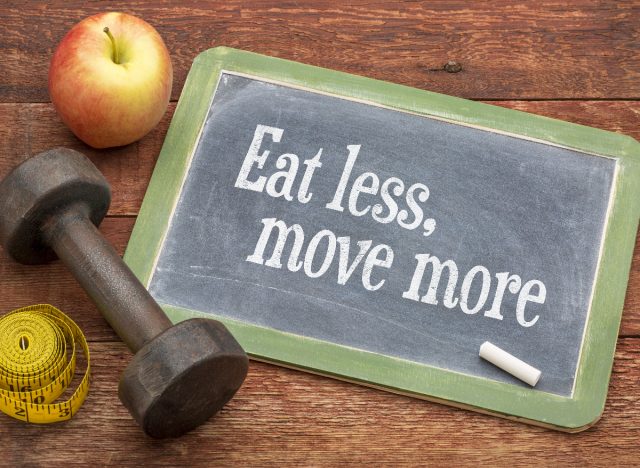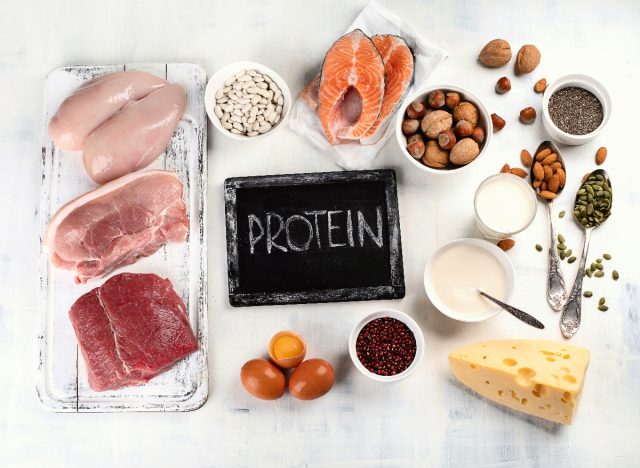How To Get a Slim Waist & Improve Your Strength

When you think of building a toned midsection and boosting your strength, complex workout routines and endless crunches often come to mind. Fortunately, that’s not necessarily the case. We’re here to offer a more holistic, sustainable approach to a slender waistline and increased strength. We consulted Michael Masi, CPT, a certified personal trainer at Garage Gym Reviews, who shares his expert wisdom and pro tips on how to get a slim waist and improve your strength without extreme measures.
Maintaining a healthy weight is more critical than ever. According to the Centers for Disease Control and Prevention (CDC), around one out of three U.S. adults are overweight and 42% are obese. The good news, however, is that fad diets and intense workouts aren’t a prerequisite for a trim waistline. You can achieve long-term weight loss through healthy lifestyle habits, like regular exercise and a nutritious, well-balanced diet. And if you want to get stronger, strength training that includes weights or body weight is your answer. Moreover, studies show that strength training is an effective weight-loss strategy.
Your journey toward a slimmer waist doesn’t mean compromising your strength or following restrictive diets. The following strategies will reveal the secrets of effective strength training exercises, balanced nutrition, and healthy lifestyle changes that can contribute to your fitness goals.
Read on to learn Masi’s pro tips regarding how to get a slim waist and improve your strength. Gear up to embrace a more balanced, strength-focused approach to weight loss. And up next, check out the 7 Best Fast-Digesting Carbs That Will Boost Your Workout.
Eat with a slight calorie deficit.

Losing weight isn’t about depriving yourself; it’s about making smart choices that create a gap between what you consume and burn, paving the way for a slimmer midsection. “Consume a diet rich in lean meats, fruits, vegetables, whole grains, and healthy fats like nuts, nut butters, and olive oil,” recommends Masi. “These foods are much harder to overeat, and if most of your calorie intake comes from these sources, it should help make dieting slightly easier. The ideal strategy for success is a small caloric deficit over one to two months, followed by a small caloric increase to maintain weight. This can be repeated over time to get to lower body weights and reduce more belly fat.”
Incorporate strength training.

Say goodbye to crunches and hello to strength training. A 2018 study published in the International Journal of Sports Nutrition and Exercise Metabolism found that a regular strength training routine combined with a balanced diet significantly impacted weight management, regardless of resting metabolic rate.
“Engage in regular resistance training exercises. This will be a stimulus for building or maintaining muscle mass during a diet. Muscle is more metabolically active tissue than fat, so the presence of muscle helps increase metabolism. Muscle is also the tissue responsible for force production, which will be the main stimulus for strength gains,” Masi explains.
Consume enough protein.

Protein isn’t just for bodybuilders; it’s your secret weapon for a slim waist. Several studies have demonstrated that increasing your protein intake above the recommended dietary allowance promotes weight loss and improves body composition, regardless of total calorie intake. Plus, ensuring you get enough protein helps support muscle growth and repair, enhancing your strength training efforts and promoting a lean physique.
Masi tells us, “Proteins are made up of amino acids, the building blocks of muscle. Asking your body to build or repair muscle without adequate protein is like asking someone to build a house without lumber or bricks. A good range to shoot for is 0.6 to 1.0 grams of protein per pound of body weight.”
Maintain a consistent sleep schedule.

Prioritizing quality sleep is non-negotiable if you want to achieve a slim waist and improve your strength. Research suggests that insufficient sleep can negatively impact weight loss efforts and impede your body’s ability to recover following strength training, an essential component of enhancing strength. That’s why it’s critical to maintain a consistent sleep schedule to support your body’s recovery, hormonal balance, and overall well-being.
“Aim for seven to nine hours of quality sleep per night,” Masi advises. “Poor sleep is linked to weight gain and decreased muscle mass. A consistent sleep schedule helps regulate metabolism and improves recovery, which will be important down the road for diet and exercise consistency.”
Manage your stress.

Stress and a slim waist don’t go hand in hand. Incorporate stress management techniques into your routine, whether it’s meditation, yoga, or a hobby you enjoy. A calm mind contributes to a healthier body, helping you achieve that enviable waistline. According to a 2016 study, reducing stress helps regulate hunger hormones and prevent obesity.
“High-stress situations increase cortisol, a chemical commonly referred to as the stress hormone. Chronically high levels of this can lead to difficulty building muscle and weight gain, especially in the abdominal area. Techniques such as meditation, yoga, or simply engaging in stress-relieving hobbies can help you in this department,” says Masi.